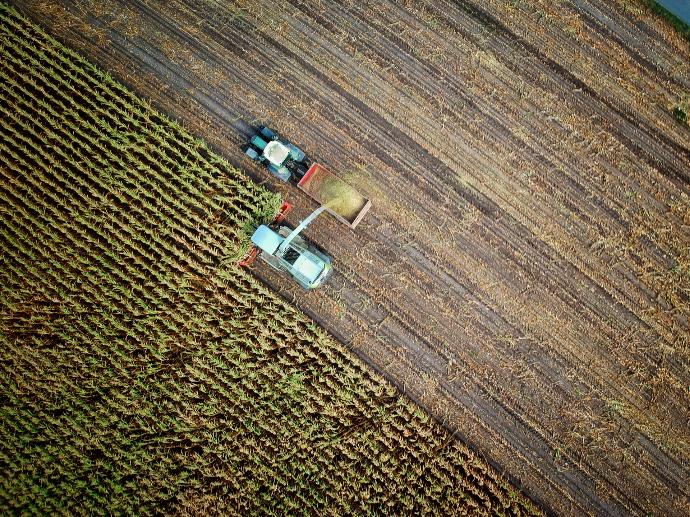Agriculture
Transformations with multiple goals
What is Digital Agriculture?
Digital agriculture is the use of digital technology to integrate agricultural production from the paddock to the consumer. These technologies can provide the agricultural industry with tools and information to make more informed decisions and improve productivity.
Preparing for disruption in the food value chain
The global agriculture industry is facing its biggest changes in the postwar period, from shifts in consumer preferences to technology-enabled productivity improvements to turmoil in domestic and international markets
1. We eat differently
Developing markets are catching up to the protein-consumption levels of developed ones, and both are battling obesity. Should this trend accelerate, it could lead to increased demand for protein-rich foods and alternative meat products.
2. We source from different places
New regions of food production as sub-Saharan Africa and East-Asia could emerge, spurred by lower energy costs and climate-related challenges in traditional agriculture geographies.
3. We produce food and trade differently
Advances in agricultural technology will increase transparency and traceability across the value chain. This will likely result in increased efficiency, reduced waste, and shrinking profit margins.
4. We conduct trade with different rules
Government intervention and subsidies could reshape market dynamics and have long-term effects on global commerce.
The Digital Agriculture
The good news is that new digital technologies now make it possible to collect and leverage huge amounts of critical data at minimal costs—thus making a farm’s field operations more insight-driven, and potentially more productive and efficient. The agriculture ecosystem is already starting to invest in these digital technologies. Greater use of digital agriculture services is vital to not only improving a farm’s financial performance but also to meet the food needs of an expanding population.
The smallholder farms
Many farms around the world—particularly those in emerging markets—are small, comprising only a few acres. These smallholder farmers continue to follow traditional farming practices because they lack access to knowledge about current practices. Living in remote areas of the world, struggling to nurture crops on tiny plots of poor land, they overuse macro fertilizers and miss the benefits they could gain from micro-fertilizers appropriate for their crops and soil.
The challenge
Failures in food production would result in shortages and poorer health in developing countries, with damaging consequences for development and the potential for conflict within and between nations
OF THE FOOD IN THE SUPPLY CHAIN
is either lost or wasted at the farm, during storage and distribution or in households
INCREASE OF DEMAND FOR FOOD
is estimated by 2050
OF THE WORLD'S CARBON EMMISSIONS
is on the responsibility of the agricultural industry
OF GLOBAL WATER USAGE
is accounted to irrigated agriculture
Farm Performance Opportunities
To be successful, a farm must grow as much per acre as it can, reduce the risk of crop failure, minimize operating costs, and sell crops for the highest price possible. This requires, among other things, effectively managing input resources like fertilizer, water, and seed quality and minimizing the impact of unpredictable variables (such as the weather and pests). However, achieving that objective is far from easy. Conventional methods like physical crop inspection are time-consuming and can be inaccurate, while fixed and tractor-mounted sensors alone can’t provide a real-time picture of what’s happening in the field.


Digital Agriculture to improve Farm Yield
Improving yield is an age-old challenge for farms and always will be.
However, for the first time in a generation, digital technologies enable farmers to achieve a quantum leap forward in their performance.
While improving yield is good for a farm’s profitability, it’s also increasingly critical to addressing the growing demand for food among an ever-increasing global population. Couple this with a lower environmental impact due to reduced water wastage, chemical run-off, and CO2 emissions, and one can see the critical role digital technologies play in fostering sustainable farming practices. That’s why it’s important for all participants in the agriculture ecosystem to embrace new and emerging digital technologies to make their operations more efficient, productive, and profitable.
Sustainable and Resilient Farming
Co-creating knowledge and innovation
Healthy Soil
Healthy crops
Stable yields
Diversity